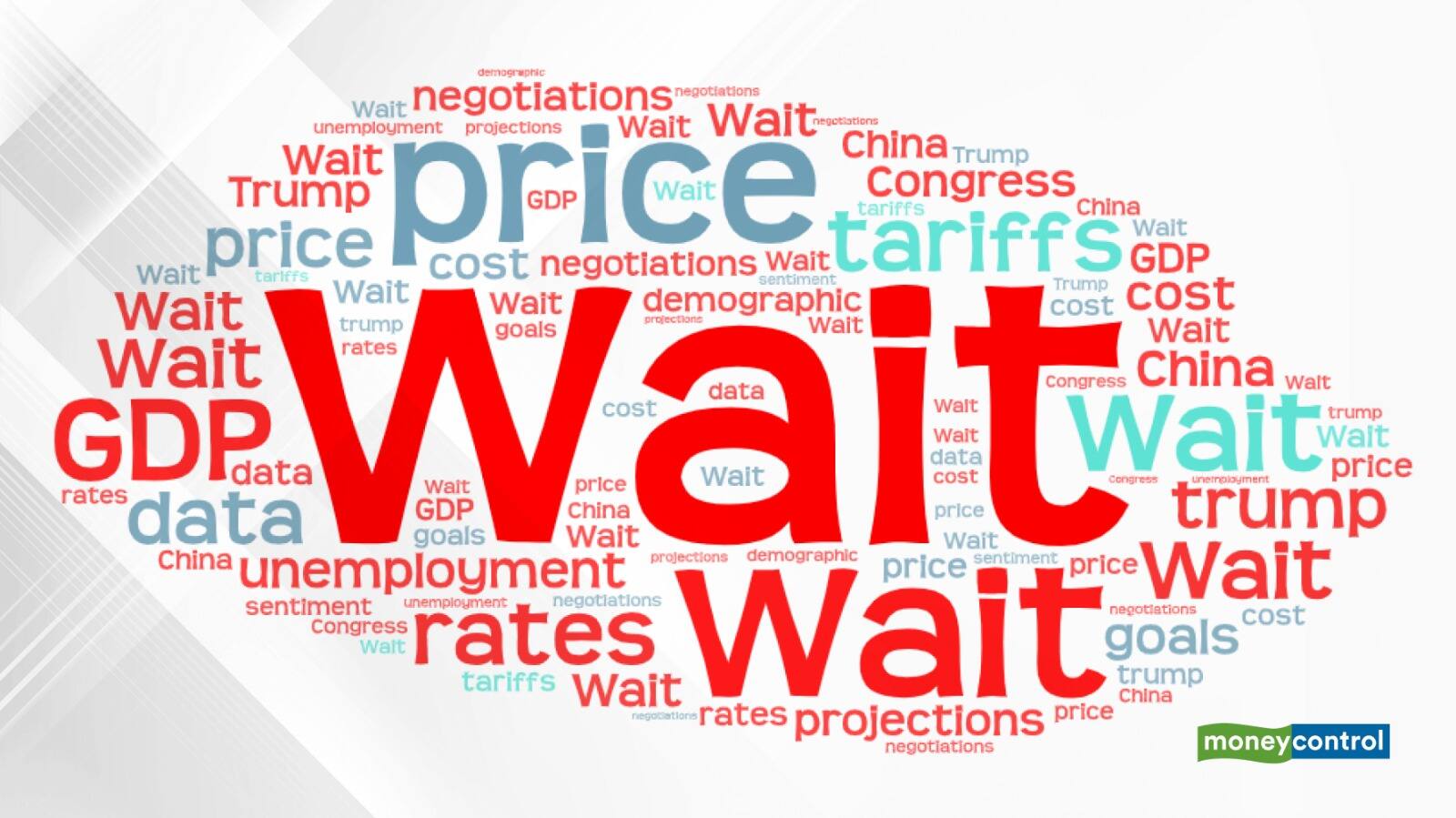



The US Federal Reserve may have kept rates steady at 4.2 percent–4.5 percent, but Chair Jerome Powell’s press conference was a striking display of caution.
Powell used the word “waiting” around 25 times—underscoring that the central bank is in no rush to cut, hike, or move, amid rising trade tensions and stubborn inflation. The message was loud and clear: the Fed is on standby, watching, waiting, and holding its breath as global uncertainty swirls.
The Fed’s current stance also reflected deep uncertainty about the economic fallout from the ongoing tariff war, especially between the US and China, as officials of both countries are set to meet in Switzerland on May 8.
Read More: Jerome Powell’s 10 warning shots at Trump’s tariff war: Fed Chair pushes back
“For the time being, we are well positioned to wait for greater clarity before considering any adjustments to our policy stance,” Powell said, making ‘wait’ a central theme in its outlook. Since the last rate cut in December, the US Fed has refrained from any changes to the benchmark rates, instead choosing to monitor the incoming data closely.

“There’s so much uncertainty. If you talk to businesses or market participants or forecasters, everyone is just waiting to see how developments play out. And then we will be able to make a better assessment of what the appropriate path for monetary policy is,” Powell said.
President Trump’s tariffs have introduced a fresh wave of economic uncertainty, and many economists and analysts see the US Fed’s reluctance to act prematurely stemming from concerns that tariffs could spur inflation while slowing down growth, a situation that may create a stagflation-like challenge. Stagflation is an situation of high inflation, stagnant economic growth, and high unemployment, all happening simultaneously.
Madhavi Arora, Chief Economist at Emkay Global Financial Services said in a note that the US Fed’s tone was neither hawkish nor dovish, but rather an acknowledgment of the stagflationary risks brought on by the trade tensions.
“It appears this classic supply-shock conundrum is going to keep the Fed on hold until a clearer sign of weakening in the labor market is present, implying the summer could stay dry as far as Fed’s additional easing is concerned. The next Fed move could get delayed to September,” the Emkay economist added.
Despite the challenges, US Fed’s most recent ‘dot plot’ projections still suggest the possibility of two more rate cuts later this year, according to Devarsh Vakil, Head of Prime Research at HDFC Securities.
“Powell's comments highlight the Fed's growing concern about the economic impact of President Trump’s tariff policies. The central bank appears to be embracing a wait-and-see approach as it evaluates evolving economic conditions amid the uncertain effects of trade tensions,” Vakil added.
Disclaimer: The views and investment tips expressed by investment experts on Moneycontrol.com are their own and not those of the website or its management. Moneycontrol.com advises users to check with certified experts before taking any investment decisions.
Discover the latest Business News, Sensex, and Nifty updates. Obtain Personal Finance insights, tax queries, and expert opinions on Moneycontrol or download the Moneycontrol App to stay updated!
Find the best of Al News in one place, specially curated for you every weekend.
Stay on top of the latest tech trends and biggest startup news.